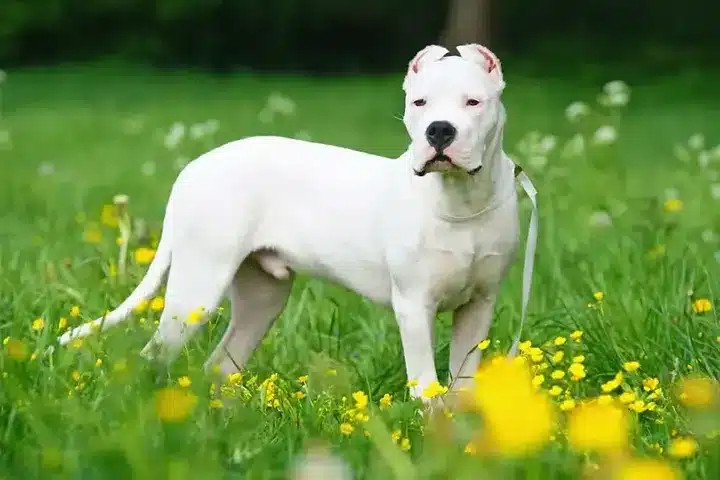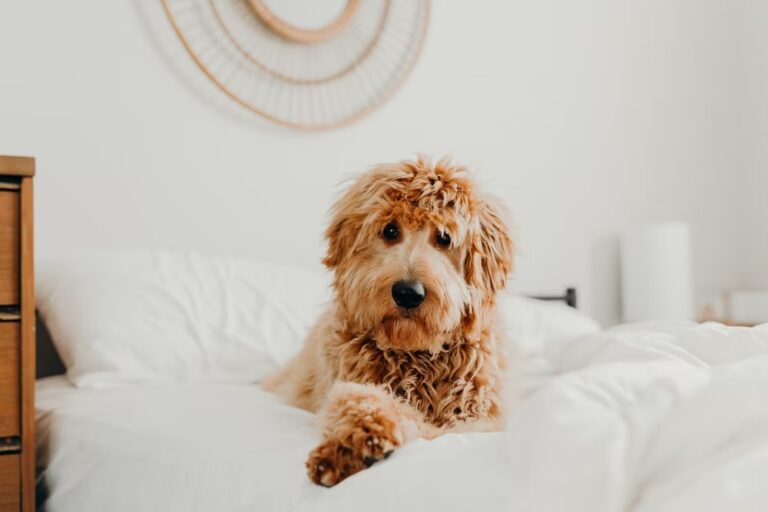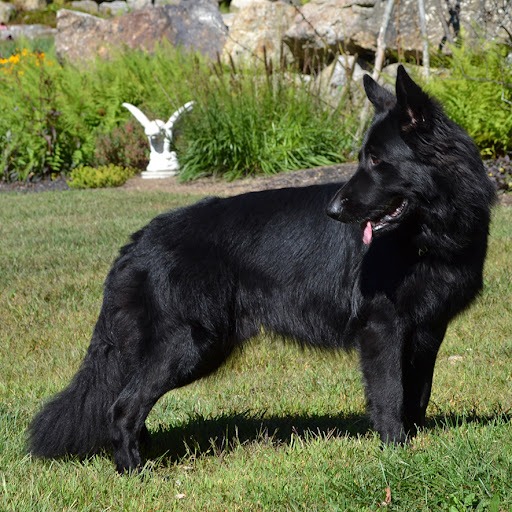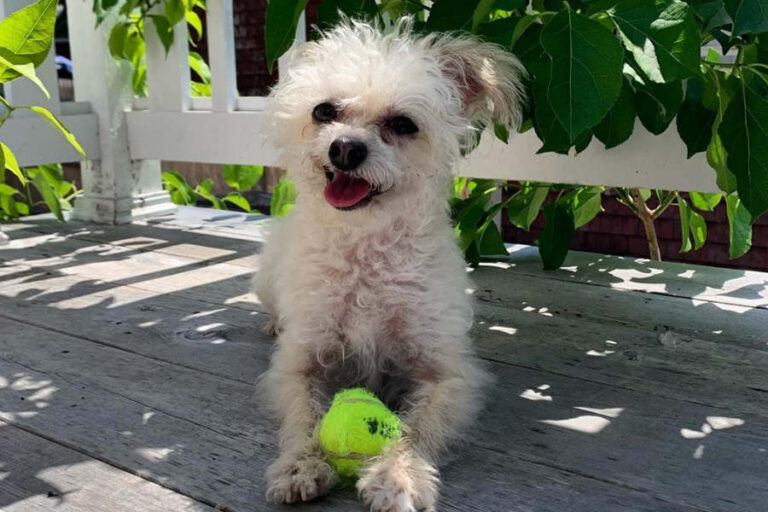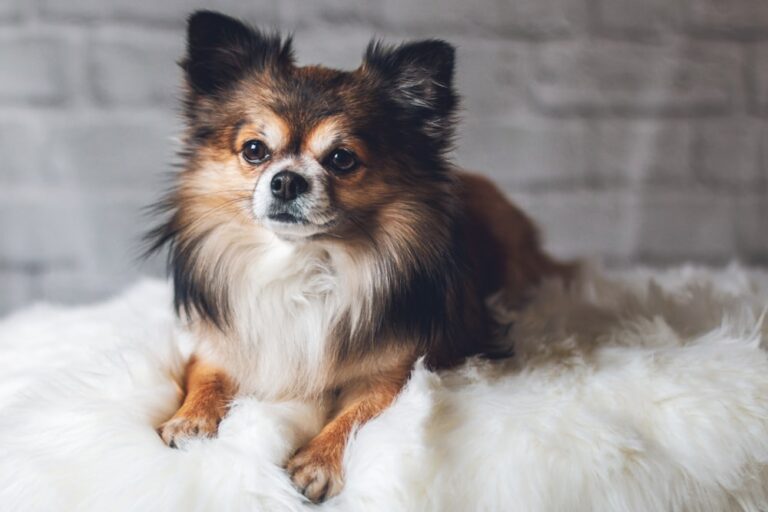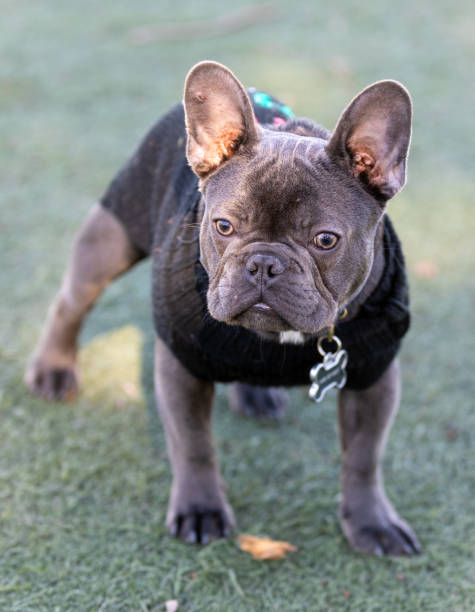Dogo Argentinos are known for their fearless nature and remarkable strength, earning them a reputation as exceptional protectors. Originally bred in Argentina for big game hunting, they possess a powerful physique and a courageous spirit, making them ideal for guarding properties and families. This article will delve into the characteristics, history, and training of Dogo Argentinos, highlighting why they are regarded as one of the world’s best guardian dog breeds.
History of the Dogo Argentino
The Dogo Argentino, also known as the Argentine Mastiff, is a breed of large and muscular dogs that originated in Argentina. Created by Dr. Antonio Nores Martinez in the early 20th century, the breed has a fascinating history that is worth exploring.
Development of the Breed
The development of the Dogo Argentino began in 1928 and took several years of careful breeding and selection. Dr. Martinez aimed to create a versatile and powerful hunting dog that could excel in various tasks. To achieve this, he crossed several breeds including the now-extinct Cordoba Fighting Dog, Great Dane, Boxer, Bulldog, and Bull Terrier. Through careful selection, he managed to create a breed that possessed the desired traits of strength, agility, and fearlessness.
Original Purpose and Use
The Dogo Argentino was initially bred for big-game hunting, particularly wild boar. Dr. Martinez envisioned a dog that could work in a pack, tracking and taking down large animals. The breed’s powerful build, endurance, and determination made them excellent hunters, capable of facing off against formidable opponents.
Apart from hunting, the Dogo Argentino was also utilized as a working dog in other areas. They were used in search and rescue missions, as police and military dogs, and even for herding livestock. The versatile nature of the breed made them valuable in various roles, showcasing their intelligence and adaptability.
Recognition as a Breed
The Dogo Argentino gained recognition as a breed in 1964 when it was officially recognized by the Argentine Kennel Club (AKC). Since then, it has gained popularity worldwide and is now recognized by major kennel clubs and organizations such as the Fédération Cynologique Internationale (FCI) and the American Kennel Club (AKC).
Today, the Dogo Argentino continues to impress with its fearless and protective nature, making it a popular choice as a guardian dog. Their loyalty and affection towards their families, coupled with their natural instinct to protect, make them excellent companions and guardians.
Physical Characteristics
Size and Weight
Dogo Argentinos are large and muscular dogs, known for their imposing size. Males typically stand between 24 to 27 inches (61 to 69 cm) tall at the shoulder, while females are slightly smaller, ranging from 23 to 26 inches (58 to 66 cm) in height. In terms of weight, adult males can weigh anywhere between 80 to 100 pounds (36 to 45 kg), whereas females generally weigh around 75 to 90 pounds (34 to 41 kg).
Appearance and Coat
These dogs have a distinct and striking appearance. Their well-built bodies are solid and robust, exuding strength and athleticism. The Dogo Argentino’s head is broad and powerful, featuring a strong jawline and a well-defined stop. Their eyes are dark and round, radiating an alert and intelligent expression.
One of the most notable characteristics of their coat is its short and smooth texture. It lies close to their body, highlighting the muscular contours. The standard color for Dogo Argentinos is predominantly white, giving them a striking and elegant appearance. However, it’s not uncommon to find markings or spots on their coat, usually on the head or ears.
Distinctive Features
Apart from their size and coat, Dogo Argentinos possess several distinctive features that set them apart from other breeds. One remarkable attribute is their strong and muscular neck, which gives them an imposing presence. Their chest is deep and broad, providing ample space for their powerful lungs.
Another notable feature is their large and well-developed ears, which are set high on their head and naturally drop down. These ears not only contribute to their appealing appearance but also enhance their hearing ability, making them alert and responsive to their surroundings.
With their unique physical characteristics, including their size, coat, and distinct features, Dogo Argentinos truly stand out as fearless and powerful guardian dogs.
Temperament and Behavior
Fearlessness and Protective Nature
One of the remarkable traits of Dogo Argentinos is their fearlessness and protective nature. These dogs are known for their unwavering courage and will not hesitate to defend their loved ones when needed. Whether it’s protecting their family, property, or even other animals, Dogo Argentinos are always ready to step up and confront any potential threat.
These dogs have a natural instinct to guard and protect, making them excellent guardian dogs. Their fearlessness allows them to remain calm and composed even in intimidating situations. This trait not only makes them reliable protectors but also helps them excel in various working roles such as search and rescue, police, and military operations.
Intelligence and Trainability
Apart from their fearless nature, Dogo Argentinos are highly intelligent dogs. They possess a keen sense of awareness and are quick to learn and understand commands. This intelligence, coupled with their strong desire to please their owners, makes them highly trainable.
These dogs thrive when provided with consistent and firm training methods. They are known to be responsive to positive reinforcement techniques, and their intelligence allows them to grasp commands quickly. With proper training and socialization, Dogo Argentinos can be well-behaved companions who are obedient and easy to handle.
Socialization and Aggression
While Dogo Argentinos have a protective nature, it is crucial to provide them with proper socialization from an early age. Socialization helps them develop positive interactions with other animals and people, reducing the chances of aggression or fear-based reactions.
Due to their protective instincts, Dogo Argentinos may display aggression towards unfamiliar animals or individuals if not properly socialized. It is essential to expose them to different environments, people, and animals to ensure they grow up to be well-rounded dogs.
Owners must prioritize early socialization and provide controlled introductions to new situations to prevent any potential aggression issues. With proper training and socialization, Dogo Argentinos can be friendly and sociable dogs while still retaining their protective nature.
Training and Exercise
Importance of Early Training
Early training is crucial for Dogo Argentinos to ensure they grow up to be well-behaved and obedient guardian dogs. By starting training from a young age, you can shape their behavior and instill good habits that will last a lifetime. It is during their puppyhood that they are most receptive to learning and socialization, making it the perfect time to lay a strong foundation for their training.
Training Methods and Techniques
When it comes to training Dogo Argentinos, positive reinforcement techniques work best. These dogs are intelligent and eager to please their owners, so using rewards such as treats, praise, and playtime can be highly effective. Avoid using harsh or punishment-based methods as it can lead to fear or aggression in these sensitive dogs.
Basic obedience training should include commands like sit, stay, come, and heel. Consistency and patience are key when training a Dogo Argentino, as they may be stubborn at times. It is also recommended to enroll them in formal obedience classes to further enhance their training and socialization skills.
Additionally, socialization training is essential for Dogo Argentinos. Exposing them to different people, animals, and environments will help them become well-adjusted and confident dogs. Introduce them to various stimuli gradually to prevent any fear or anxiety issues.
Exercise Requirements
Dogo Argentinos are energetic and muscular dogs that require regular exercise to maintain their physical and mental well-being. They have a high energy level and need outlets to release their energy to prevent boredom and destructive behavior.
Engaging in daily exercise sessions such as long walks, jogging, or playing fetch in a securely fenced area is essential for a Dogo Argentino. They also enjoy interactive games like agility training, obedience trials, and even swimming. Providing them with mental stimulation through puzzle toys and obedience training exercises can also exhaust their energy.
Keep in mind that while exercise is important, it is crucial to avoid excessive exercise during their growth phase to prevent any potential joint issues. Consult with a veterinarian to determine the appropriate exercise routine based on your Dogo Argentino’s age and health condition.
Health and Care
Common Health Issues
When it comes to Dogo Argentinos, they are generally known for their robust health. However, like any other breed, they may be prone to certain health issues. Being aware of these common problems can help you take preventive measures and ensure your Dogo Argentino stays healthy and happy.
Deafness: Dogo Argentinos are known to have a higher likelihood of being deaf compared to other breeds. It is recommended to have their hearing tested early on to detect any hearing impairment. If your Dogo Argentino is deaf, don’t worry! They can still lead a fulfilling life with proper training and care.
Hip Dysplasia: This is a common orthopedic condition in large breed dogs, including Dogo Argentinos. It occurs when the hip joint doesn’t develop properly, leading to discomfort and potential mobility issues. Regular exercise, maintaining a healthy weight, and providing joint supplements can help reduce the risk of hip dysplasia.
Allergies: Some Dogo Argentinos may develop allergies, which can manifest as skin irritations, itching, or gastrointestinal issues. Identifying and avoiding potential allergens, such as certain foods or environmental factors, can help manage these allergies. Consult with a veterinarian to determine the best course of action for your furry friend.
Grooming Needs
Maintaining your Dogo Argentino’s appearance and hygiene is an essential part of their care routine. Although they have a short and smooth coat, they still require regular grooming to keep them clean and healthy.
Brushing: Brush your Dogo Argentino’s coat weekly to remove loose hair and prevent matting. This also helps distribute natural oils, keeping their coat glossy. A rubber curry brush or a soft bristle brush is ideal for their short hair.
Bathing: Dogo Argentinos are generally clean dogs and do not require frequent bathing. Aim to bathe them every 2-3 months or as needed, using a dog-specific shampoo. Over-bathing can strip their coat of natural oils, leading to dryness and irritation.
Nail trimming: Regular nail trims are necessary to prevent overgrowth and discomfort. Trim your Dogo Argentino’s nails every 4-6 weeks or as needed. If you are unsure or uncomfortable doing it yourself, seek assistance from a professional groomer or a veterinarian.
Nutritional Requirements
Proper nutrition plays a crucial role in maintaining the overall health and well-being of your Dogo Argentino. Providing them with a balanced diet will ensure they have the energy they need to be fearless and powerful guardian dogs.
High-quality dog food: Choose a premium dog food brand that is specifically formulated for large breed dogs. Look for options that contain real meat as the primary ingredient and avoid those with excessive fillers or artificial additives.
Protein-rich diet: Dogo Argentinos have higher protein requirements due to their active nature. Ensure their diet includes a sufficient amount of high-quality animal protein, such as beef, chicken, or fish. Protein helps support muscle development and overall vitality.
Portion control: Obesity can lead to various health issues, so it’s important to feed your Dogo Argentino the right amount of food. Follow the feeding guidelines provided by the dog food manufacturer and adjust portion sizes based on your dog’s age, activity level, and overall body condition.

